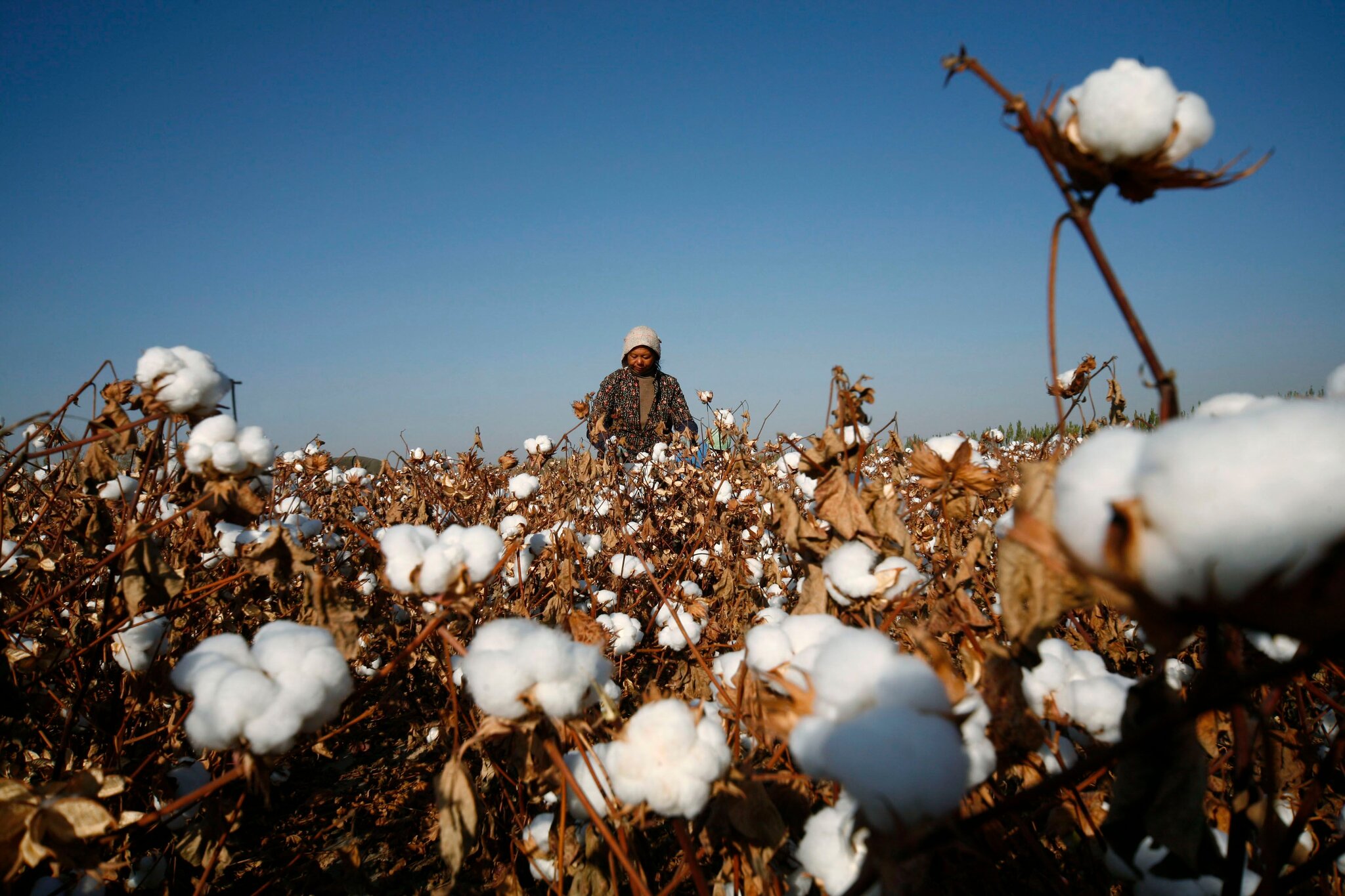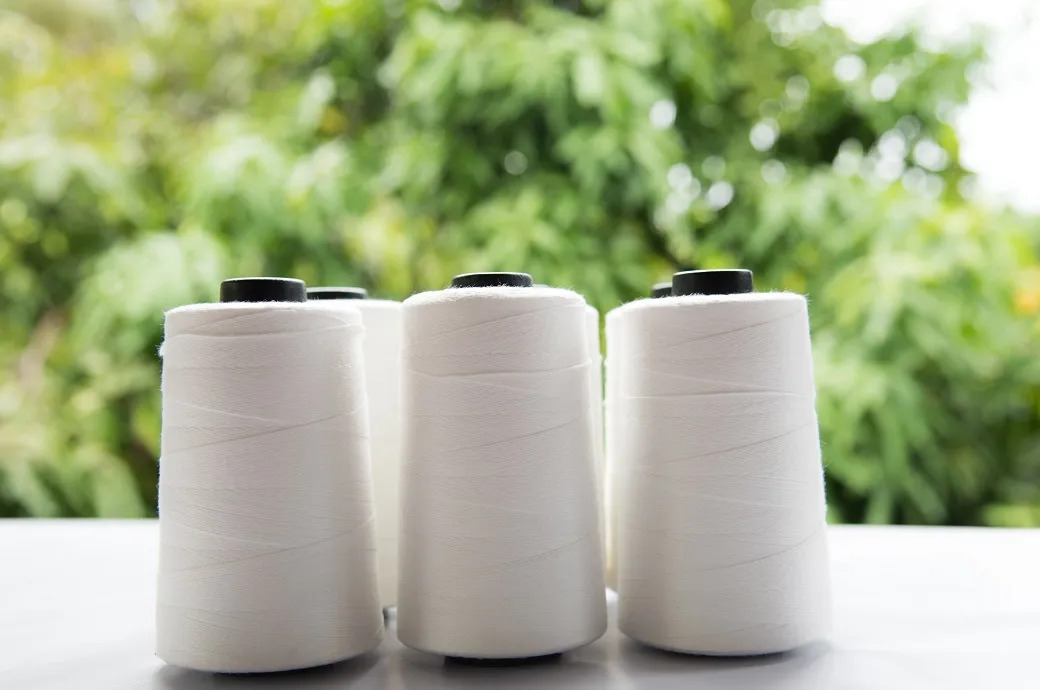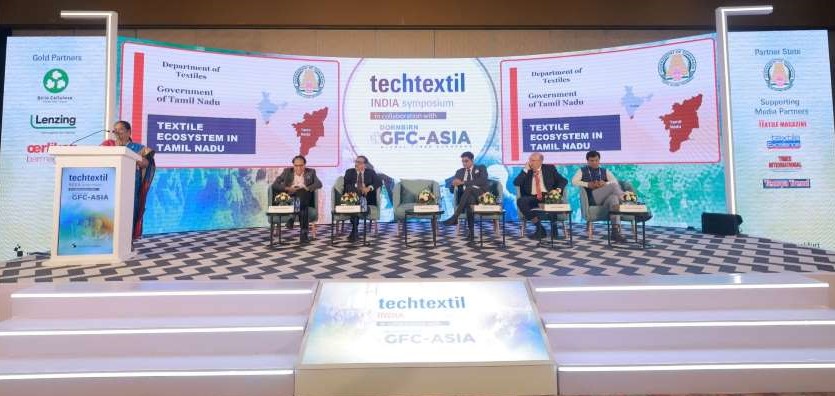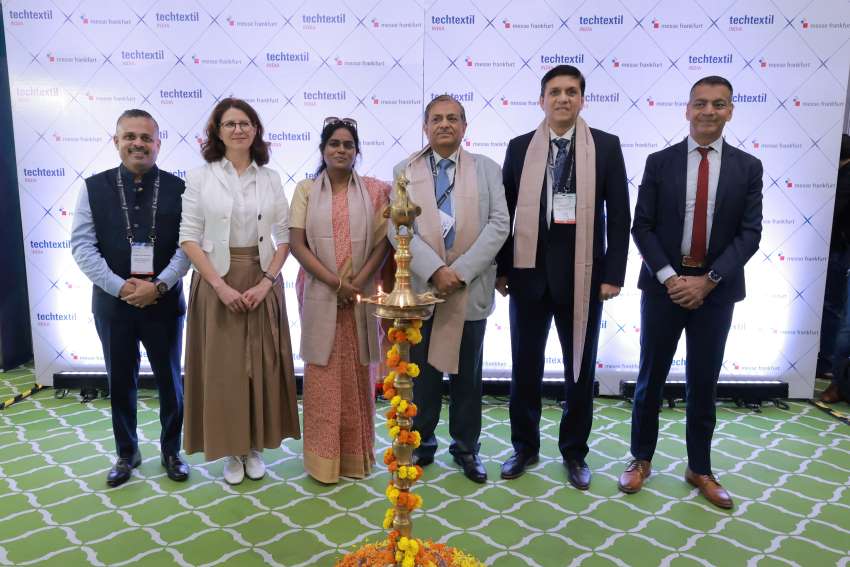
India's recent move to impose a minimum import price (MIP) of $3.50 per kilogram on specific synthetic knitted fabrics from China has sparked debate within the textile industry. This policy follows earlier restrictions on fibre and yarn imports under Quality Control Orders (QCO)/Bureau of Indian Standards (BIS) regulations. The subject perhaps requires a deeper look analyses into its potential impact.
India's Import Curbs on China: A multi-layered story
The effectiveness of the MIP in curbing imports from China is debatable. Proponents argue that the minimum price will deter cheap imports, creating a level playing field for domestic manufacturers. However, skeptics point out that the $3.50 threshold might be easily surpassed by Chinese exporters through minor quality adjustments or by focusing on high-value fabrics not covered by the MIP.
Why China?
Despite having its own resources, India relies on China for textile imports due to several factors. China boasts a robust textile ecosystem with economies of scale, leading to lower production costs. Additionally, China offers a wider variety of fabrics and quicker turnaround times, crucial for the fast-fashion industry.
Shifting strategies?
The import curbs might incentivize Chinese exporters to shift focus to finished garments. This could play out in two ways:
Duty-Free route: China could export raw materials duty-free to countries like Bangladesh with lower labor costs. These countries could then manufacture garments and export them duty-free to India, bypassing the fabric import restrictions.
Value-Added products: China might increase exports of value-added products like high-end clothing, which might not face the same level of scrutiny as fabrics.
Policy lacuna or manufacturing woes?
The policy could be a symptom of a larger issue: a lack of competitiveness in the Indian textile industry. Upgrading technology, improving efficiency, and focusing on innovation are crucial to compete with China in the long run.
China's Role: Subsidies and dumping?
China's alleged practice of subsidizing its textile industry and dumping excess supplies at lower prices has long been a source of contention. While India has mechanisms to address dumping, stricter enforcement might be necessary.
Data snapshot
A glimpse of India's textile imports from China in recent years, with the latest available data (data sources: Ministry of Textiles, DGCI&S):
|
Year |
Fibre Imports (USD Mn) |
Yarn Imports (USD Mn) |
Fabric Imports (USD Mn) |
Garment Imports (USD Mn) |
Knitted Garment Imports (USD Mn) |
|
2022-23 (Estimated) |
2,550 |
2,000 |
5,500 |
8,500 |
1,200 (Bangladesh) |
|
2021-22 |
2,350 |
1,870 |
5,200 |
8,100 |
1,050 (Bangladesh) |
|
2020-21 |
1,980 |
1,540 |
4,700 |
6,800 |
900 (Bangladesh) |
Short-term to mid-term impact
The MIP might lead to a temporary dip in Chinese fabric imports, potentially benefiting domestic producers of those specific fabrics. However, Chinese exporters might find alternative strategies like focusing on high-value fabrics or finished garments. Increased scrutiny on Chinese garment imports, particularly from countries like Bangladesh, can be expected.
Long-term impact projections
The success of the policy hinges on India's ability to address competitiveness issues within its textile sector. Modernization, skill development, and a focus on niche markets are crucial for long-term success. India might need to revisit its trade policies to ensure a balance between protecting domestic interests and fostering healthy competition.
Impact on knitted garment imports
This concern is particularly relevant for knitted garment imports, which have seen a significant rise from China in recent years. Bangladesh, another major textile exporter, could also benefit from this shift. Data shows knitted garment imports from Bangladesh have been on the rise as well.
The actual outcome will depend on various factors, including global economic conditions, trade policies of other countries, and the effectiveness of India's initiatives to strengthen its domestic textile sector.












